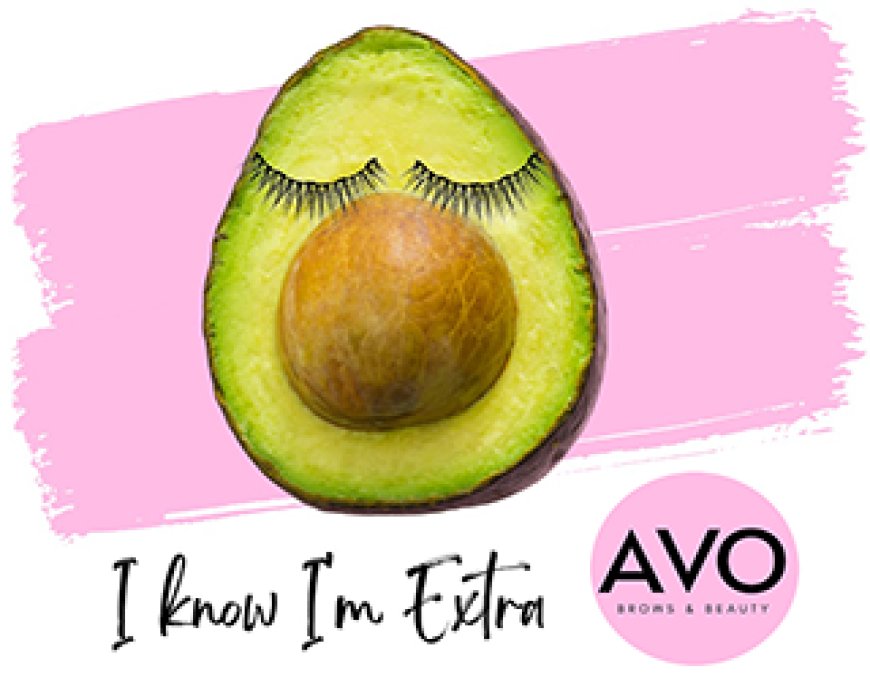How Comparative Negligence Affects Your Connecticut Personal Injury Claim

When you’re injured due to someone else’s carelessness, your first thought might be to hold them fully responsible. But Connecticut law takes a more nuanced approach. In many personal injury cases, the question is not just who was at fault, but how much fault each party shares. This legal concept is known as comparative negligence, and it can have a significant impact on how much compensation you receive for your injuries.
If you’re filing a claim or considering legal action, understanding how this rule works is critical. For more insights into your legal rights and options, you can visit trantololaw.com.
What Is Comparative Negligence in Connecticut?
Connecticut follows a modified comparative negligence rule. This means a person injured in an accident can still recover damages even if they were partially at fault. However, there’s an important limit: if the injured person is found to be more than 50% responsible, they lose the right to collect any compensation.
Under this system, a jury or insurance adjuster assigns a percentage of fault to each party involved. For example, if you’re found 20% at fault in a car crash and the total damages are $100,000, you could recover $80,000. But if your share of the blame rises above 50%, your claim gets denied entirely.
Connecticut’s statute on comparative negligence (Conn. Gen. Stat. § 52-572h) allows this proportional reduction of damages. The law is designed to be fair, but insurance companies often use it to their advantage, attempting to shift as much blame onto you as possible to limit what they pay.
How Insurance Companies Use It Against You
Insurance carriers are not in the business of paying maximum settlements. When comparative negligence applies, they see an opportunity to minimize their payout, and they will look for any reason to reduce your percentage of recovery. This can happen early in your claim—even during your first phone call with an adjuster.
Insurance representatives are trained to identify statements that could later be used to show you were partly to blame. Something as simple as saying “I didn’t see the other car” or “I may have looked down for a second” could be turned into a justification to assign fault. They may also point to photos, police reports, or witness statements that seem to suggest shared responsibility, even if those pieces of evidence are misleading or incomplete.
Once they argue you bear some blame, they start reducing your compensation accordingly. If they can make the case that you were at least 51% responsible, they won’t offer a settlement at all.
This tactic isn’t limited to car accidents. In slip-and-fall cases, dog bites, or workplace injuries, insurers often argue the injured person ignored warning signs, failed to act responsibly, or made unsafe choices. It’s essential to remember that even if you share some fault, you may still have a valid claim.
Examples of Comparative Fault in Real Cases
Many injury victims assume fault is black and white, but Connecticut courts regularly deal with gray areas. Below are common scenarios where comparative negligence often comes into play:
- Pedestrian Accidents: A pedestrian crosses the street without using a crosswalk, but a driver was speeding or distracted.
- Slip and Falls: Someone slips on an icy walkway outside a business, but was also wearing inappropriate footwear for winter conditions.
- Motorcycle Collisions: A car turns left in front of a motorcyclist, but the rider was exceeding the speed limit.
- Product Liability: A defective tool causes injury, but the user did not read the instructions completely.
Each of these examples highlights how quickly fault can become a point of dispute. Having a strong case backed by evidence and expert testimony can make a major difference in the outcome.
What You Can Do to Protect Your Case
Comparative negligence does not automatically disqualify you from seeking compensation. The key is to be proactive and strategic. You should:
- Avoid giving a recorded statement to the insurance company without legal advice.
- Seek immediate medical attention and follow treatment recommendations.
- Keep photos, videos, and other evidence from the scene.
- Identify potential witnesses early while memories are still fresh.
- Work with a qualified attorney to handle communications and negotiations.
Every detail matters when determining fault percentages, and even small missteps can cost you thousands of dollars. Being prepared and informed gives you a stronger position from day one.
Speak With a Connecticut Personal Injury Lawyer Today
If you’re dealing with an injury and believe someone else contributed to it, don’t assume the insurance company will treat you fairly. Even a minor accusation of shared fault can significantly reduce what you’re owed. The sooner you consult a Connecticut personal injury lawyer, the better your chances of protecting your rights and recovering the compensation you need. Schedule a free consultation today and let an experienced advocate fight for you.
The post How Comparative Negligence Affects Your Connecticut Personal Injury Claim appeared first on Entrepreneurship Life.












